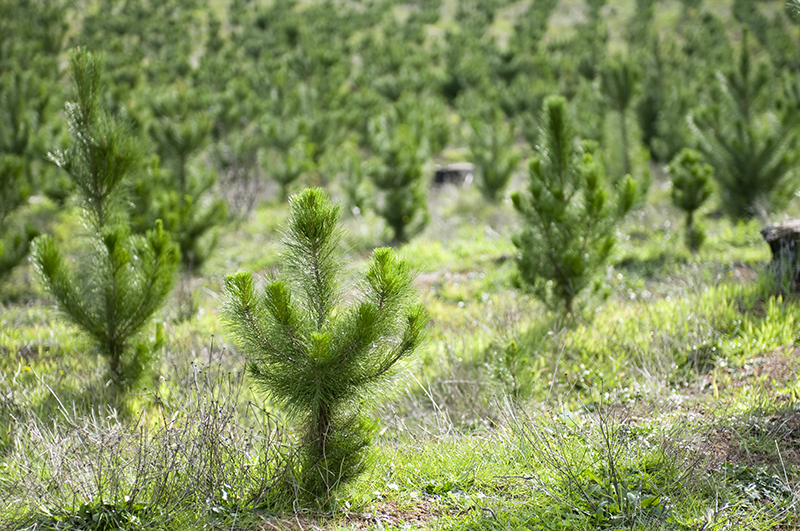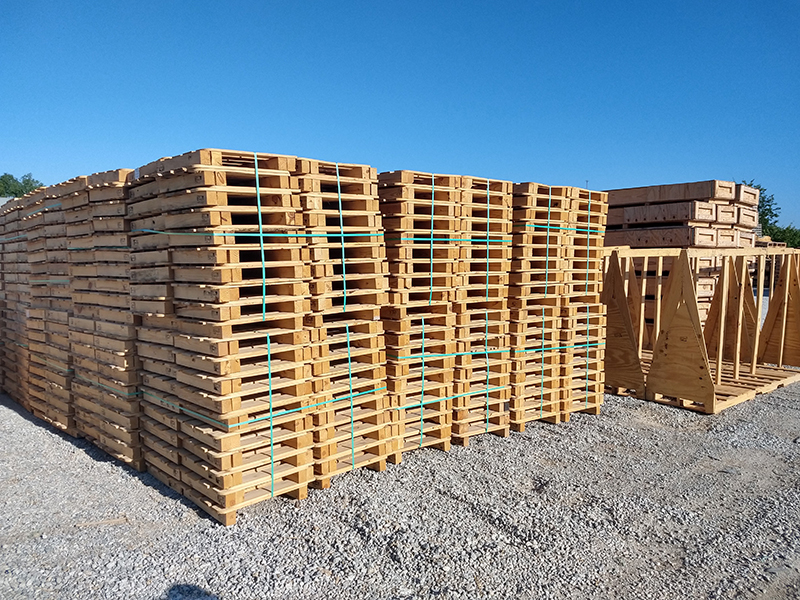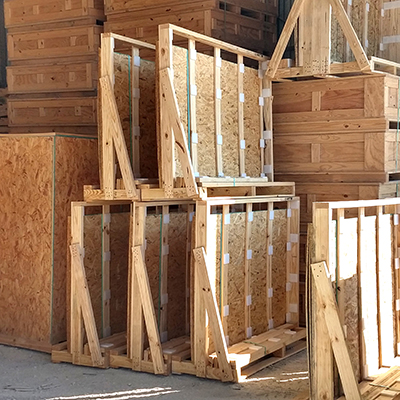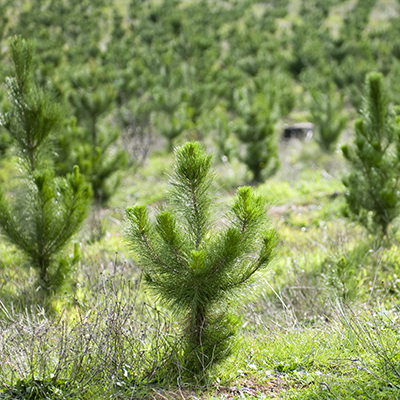Supply Chain Sustainability
Conner Commitment to Sustainable Supply Chains
At Conner, we know that supply chain sustainability is important to our customers, partners, suppliers, and employees. While in years past manufacturers haven’t always made sustainability a priority, we are always looking for ways to create and maintain more sustainable processes, reduce our carbon footprint, and minimize our impact on the environment.
We are committed to reducing Conner’s environmental impact through our own business processes and priorities. We’re also dedicated to helping our customers improve their own supply chain sustainability and helping to create a more sustainable society.
Sustainable Solutions
Discover how the materials and packaging solutions we provide contribute to supply chain sustainability and help our customers reach their goals.
Resource Utilization
From responsible sourcing to waste reduction strategies, learn how we manage our own resources to improve supply chain sustainability.
Social Commitment
Sustainability requires more than a commitment to improve processes and resource usage. It also requires a commitment to how we run our company.
Policies and Goals
Conner packaging and design solutions impact supply chains all over the world, and that requires specific goals to improve our own sustainability.
Can Lumber Use Improve Supply Chain Sustainability?
With the wide variety of materials available for transportation packaging, it may come as a surprise that lumber and wood packaging provide the most supply chain sustainability of any material currently on the market. Lumber is one of the most effective and naturally occurring “carbon sponges” available – a term coined by environmentalists to define organic and inorganic carbon-capturing technologies. Keep reading to see how it works.

Carbon Sponges
When trees engage in photosynthesis, they take the CO2 from the atmosphere, separate the two compounds, and release oxygen back into the atmosphere. The carbon is stored in the tree and used as a fuel for growth. What most people fail to recognize, however, is that the carbon continues to be stored in a tree’s lumber after the tree is harvested. Because of this carbon-capturing function, lumber products are considered carbon-negative materials and help build more supply chain sustainability into your processes.
The same can’t be said for alternative transportation packaging materials, such as plastic, foam, or steel. Many alternative packaging materials use fossil fuels or polymers made from fossil fuel. These types of processes are lengthy and cause some degree of carbon emissions from their manufacture.
When lumber products are used in the supply chain, businesses can rest easy knowing that they are reducing the carbon footprint of their company.
Responsible Harvesting
At Conner, we understand that the responsible harvesting of our natural resources is one of the most contentious issues we face today. To justify the use of lumber products and increase supply chain sustainability, we must give more than we take. In the United States, lumber companies are planting 33% more trees than they are harvesting every year. According to Treehugger, there are 380% more trees in American forests than there were a hundred years ago.
As an industry, we understand more about the harvesting cycles of trees now than ever before. Rather than slashing old-growth forests that create unique and irreplaceable ecosystems, the lumber industry has transitioned to a much more responsible harvesting process. Harvesting softwood lumber in cycles, rather than all at once, allows patches of trees to mature 20-30 years before they’re ready for harvest. The industrial lumber industry not only increases supply chain sustainability, but it also supports American forests.


How Are Lumber Products Recycled?
One of the biggest opposing arguments against the use of lumber products in the supply chain is the thought that many of these products’ life spans are short and that the products inevitably end up in a landfill. This is simply inaccurate. Let’s take a look at pallets, for example.
Wood pallets can be reused many times. If a wooden pallet sustains damage, it can be repaired and used again. When wood pallets can no longer be repaired, they can be ground up into mulch or pet bedding, or even used as firewood or turned into pellets. Wood pallets generally have a pretty long life, 3-5 years on average. According to a study done by Virginia Tech, at least 95% of wood pallets are recycled.
When it comes to supply chain sustainability, there’s nothing more efficient than wood products.
Our Initiatives to Support Supply Chain Sustainability
While our core business of producing industrial lumber and transportation packaging goes a long way toward supporting supply chain sustainability for our manufacturing customers, we don’t stop there. We’ve always had an eye on making green decisions for our company and customizing supply chain sustainability solutions for our customers.




